Sorry. We did not find anything.
The Future of Driving Embracing Full Electric Cars for a Greener Planet
As we stand on the cusp of a new automotive era, the shift towards Full Electric Cars is not just a trend but a global necessity for fostering a greener planet. According to the International Energy Agency (IEA), the number of electric cars on the road is expected to surge to 125 million by 2030, reflecting a significant increase in adoption rates driven by powerful incentives and advancements in battery technology.
Furthermore, a report by McKinsey highlights that the market for electric vehicles (EVs) could reach $2.5 trillion by 2030, emphasizing the economic viability alongside environmental benefits. With emissions from the transportation sector accounting for nearly 14% of global greenhouse gases, transitioning to Full Electric Cars presents an effective strategy for combating climate change and achieving sustainability goals.
This article will explore how embracing Full Electric Cars can revolutionize driving while significantly reducing our carbon footprint.

The Environmental Impact of Transitioning to Full Electric Vehicles
As the world shifts towards a greener planet, the transition to full electric vehicles (EVs) presents a significant opportunity to reduce our environmental footprint. The adoption of EVs helps to diminish greenhouse gas emissions, as they produce zero tailpipe emissions compared to their gasoline or diesel counterparts. Furthermore, when charged with renewable energy sources, electric cars can drastically lower carbon emissions throughout their lifecycle, from production to operation.
Tips for making an eco-friendly transition include researching local incentives for electric vehicle purchases, such as tax credits and rebates, which can ease the financial burden. Additionally, consider the charging infrastructure in your area—installing a home charging station can simplify the process and encourage daily use.
Moreover, embracing electric vehicles not only benefits the environment but can also enhance energy efficiency. By doing thorough research on the different EV models available, consumers can select a vehicle that best suits their needs while contributing to a sustainable future. Opting for an electric car today is not just a personal choice; it's a step towards a collective movement for a healthier planet.
The Future of Driving: Embracing Full Electric Cars for a Greener Planet
This chart illustrates the decrease in carbon emissions (in metric tons) from 2020 to 2025 as more consumers transition to full electric vehicles (EVs). The data reflects the potential environmental impact of widespread EV adoption.
Key Technological Innovations Driving the Electric Car Revolution
The shift towards full electric cars is propelled by several key technological innovations that are reshaping the automotive landscape. One of the most significant advancements is the development of high-capacity batteries, which have dramatically improved the range and performance of electric vehicles (EVs). Innovations in lithium-ion technology and the emergence of solid-state batteries promise not only greater energy density but also faster charging times and enhanced safety features. These improvements help to alleviate range anxiety, a common concern among potential EV buyers, making electric cars a more practical choice for everyday use.
Additionally, the integration of advanced software and artificial intelligence is driving the evolution of electric vehicles. Intelligent systems enable real-time monitoring of battery health, optimize energy consumption, and enhance overall driving experience. Furthermore, the rise of autonomous driving technologies is expected to revolutionize how we perceive transportation. As electric cars become increasingly equipped with automated features, they offer the dual benefits of reducing emissions and ensuring safer roads. Together, these innovations are not only making electric cars more appealing but are also laying the groundwork for a sustainable and electrified future in transportation.
The Future of Driving Embracing Full Electric Cars for a Greener Planet
| Innovation | Description | Impact on Electric Cars | Projected Adoption Year |
|---|---|---|---|
| Solid-State Batteries | Utilizes solid electrolytes instead of liquid ones for improved efficiency. | Higher energy density, faster charging times, and enhanced safety. | 2025 |
| Regenerative Braking | System that recovers energy normally lost during braking. | Increases overall vehicle efficiency and range. | 2019 (already in use) |
| Vehicle-to-Grid (V2G) Technology | Allows electric vehicles to send electricity back to the grid. | Promotes energy efficiency and helps balance grid demand. | 2024 |
| Autonomous Driving Technologies | Advanced AI systems for self-driving capabilities. | Reduces accidents, improves traffic flow, and increases vehicle utilization. | 2030 |
| Ultra-Fast Charging Stations | Charging stations that can charge vehicles rapidly. | Significantly reduces downtime and enhances long-distance travel. | 2023 |
Economic Benefits of Adopting Electric Cars for Consumers and Society
The transition to electric vehicles (EVs) is not just a necessary step towards a greener planet but also presents significant economic benefits for consumers and society. According to a report by the International Energy Agency (IEA), if the global electric vehicle market continues its current trajectory, EVs could lead to a reduction of approximately 1.5 billion tons of CO2 emissions by 2030. This shift will translate into substantial savings for individuals and communities, particularly in fuel and maintenance costs. For instance, a study by the U.S. Department of Energy found that electric car owners can save an average of $800 per year on fuel costs compared to gasoline vehicles.
Furthermore, the broader economic implications are equally promising. A report from McKinsey & Company indicates that widespread adoption of electric vehicles could create millions of jobs while stimulating growth across various sectors, including manufacturing, technology, and infrastructure development. Investing in EV technology and charging infrastructure is projected to generate more than $1 trillion in economic value by 2030. This shift not only promotes environmental sustainability but also fosters a robust job market, highlighting the dual benefits of embracing electric cars for both consumers and society as a whole.
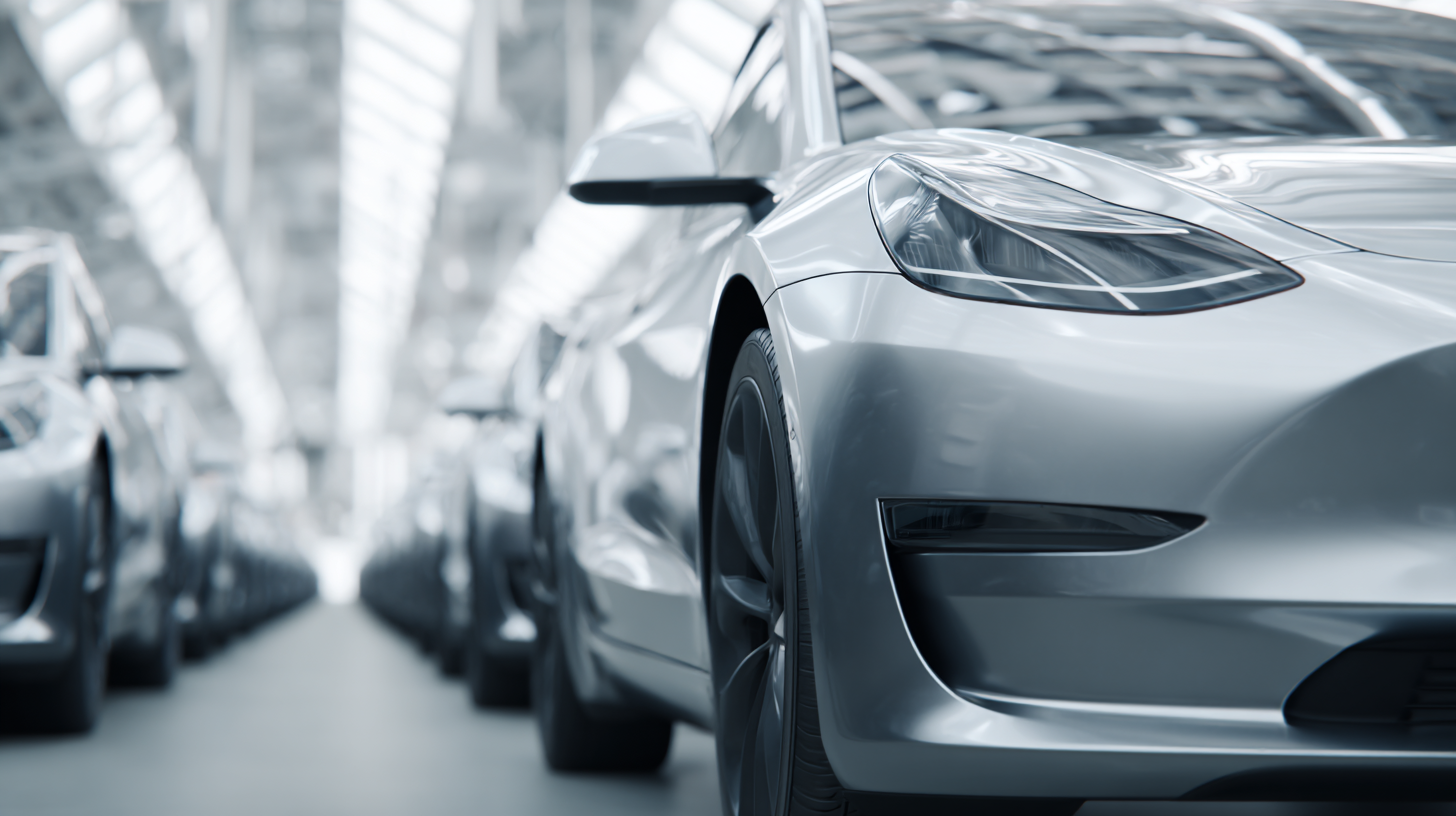
Government Policies and Incentives Promoting Electric Vehicle Adoption
Governments around the world are implementing a variety of policies and incentives to promote the adoption of electric vehicles (EVs), recognizing their role in achieving a sustainable future. One of the most common strategies is the provision of tax credits and rebates for consumers who purchase electric cars. These financial incentives reduce the upfront costs, making EVs more accessible to a broader audience. Additionally, many governments are investing in the development of EV infrastructure, such as charging stations, to alleviate range anxiety and encourage more drivers to transition to electric vehicles.
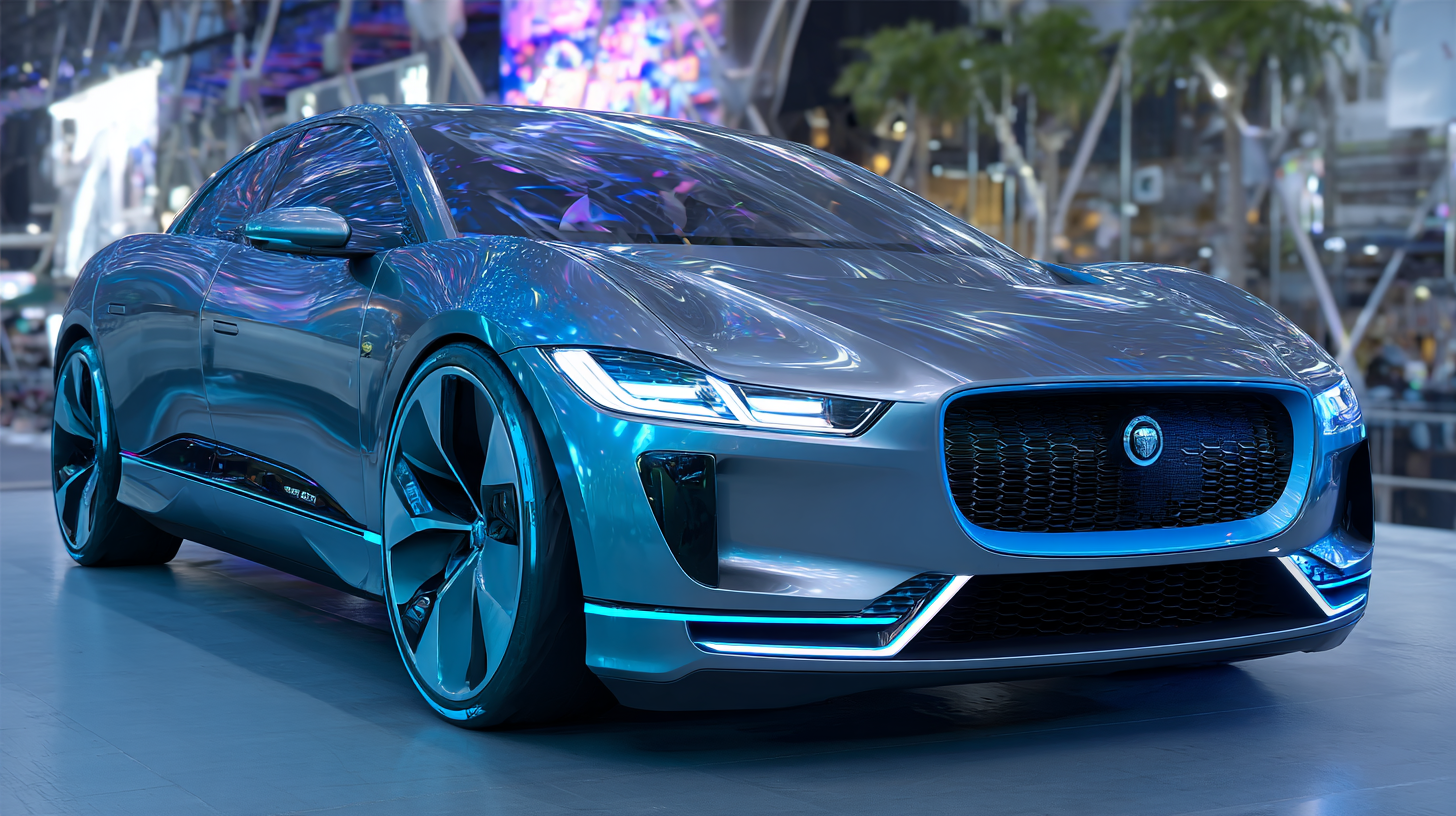
Beyond financial incentives, some jurisdictions are also adopting stricter emissions regulations and setting ambitious targets for phasing out fossil fuel vehicles. These policies not only create a competitive environment for manufacturers to produce cleaner vehicles but also signal to consumers the importance of sustainable choices. Furthermore, public awareness campaigns are essential in educating the populace about the environmental benefits of electric cars, thus fostering a cultural shift toward greener transportation options. Through these comprehensive measures, governments are actively shaping a future where electric vehicles become integral to everyday life, contributing to a healthier planet.
Future Trends in Charging Infrastructure and Battery Technology Development
The evolution of electric vehicles (EVs) is intricately tied to advancements in battery technology and charging infrastructure. By 2032, the electric vehicle battery box market is projected to reach approximately $1,876,762 million, exhibiting a staggering growth rate of 29.7% from an estimated $253,307 million in 2024. This rapid expansion highlights the increasing demand for efficient energy storage solutions crucial for the widespread adoption of electric vehicles.
The charging infrastructure is also undergoing significant transformation. The trend towards high-voltage, high-current supercharging stations is expected to dominate the market, addressing critical issues such as vehicle range and charging speed. With the continued development of technologies like high-power direct current fast charging, flexible charging stacks, and Vehicle-to-Grid (V2G) solutions, the landscape of electric vehicle charging is becoming more sophisticated. As a result, the micro-mobile charging infrastructure market is anticipated to grow at a compound annual growth rate of 24% from 2024 to 2032, indicating a robust response to the evolving needs of electric vehicle users. Such advancements not only facilitate a smoother transition to electric mobility but also align with the global push for a greener planet.
Related Posts
-
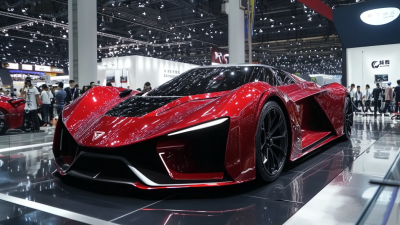
Accelerating Fully Electric Cars Innovation at the Successful Conclusion of 137th Canton Fair
-
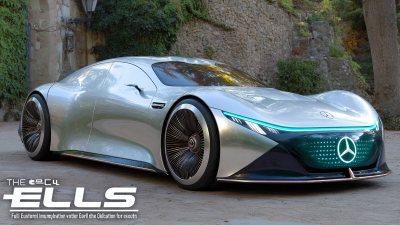
2025 Innovations Shaping the Future of Best Full Electric Cars for Global Buyers
-

10 Essential Tips for Global Buyers to Succeed with Ev Vehicles
-
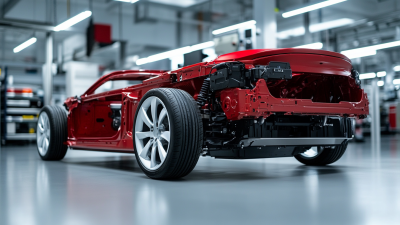
The Benefits of After Sales Support and Repair Costs for Fully Electric Cars Explained
-
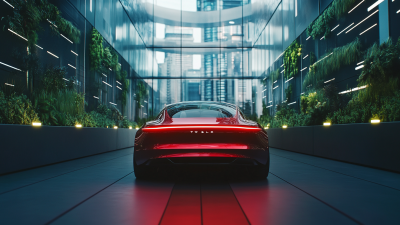
How to Experience the Future of Transportation with New Electric Vehicles
-
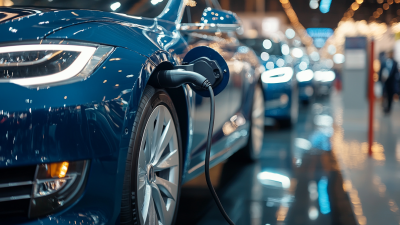
Discovering Full Electric Cars Opportunities at the 137th Canton Fair in Guangzhou
